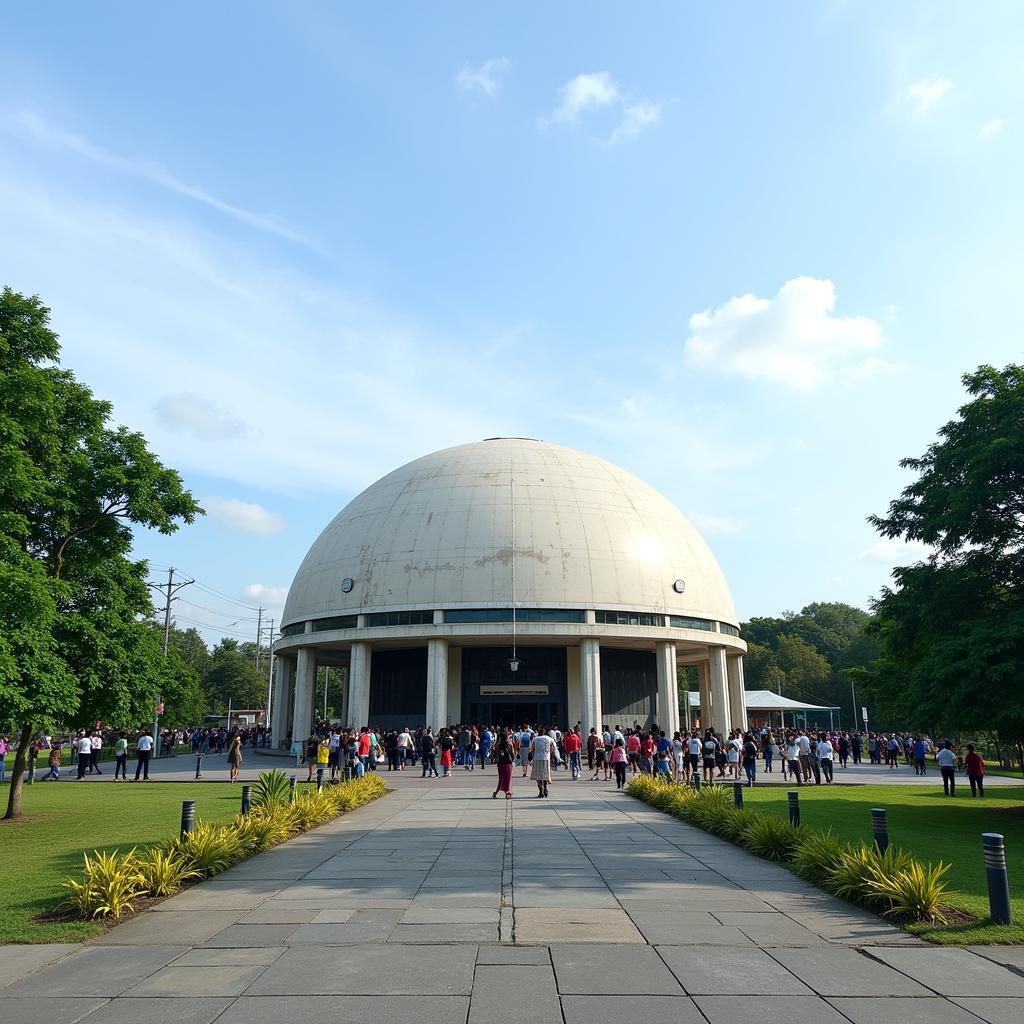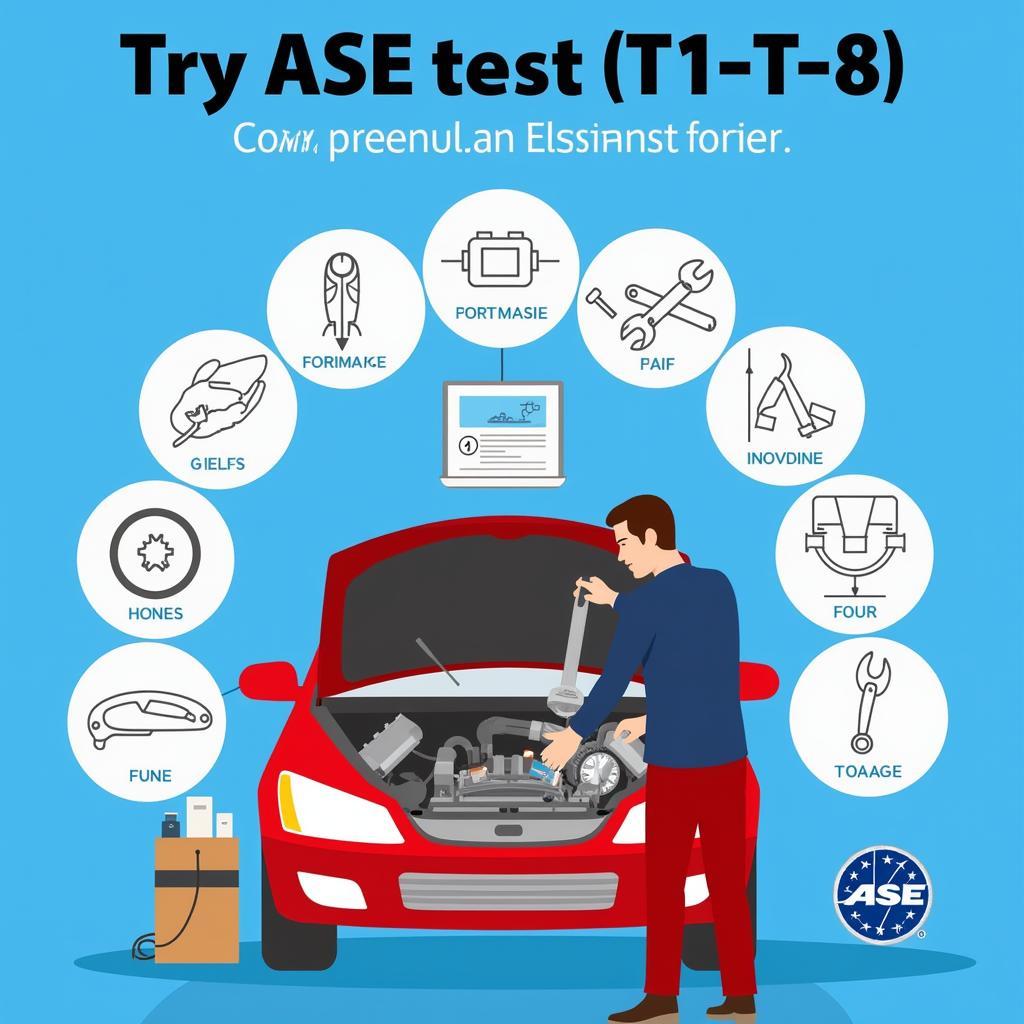The ASEAN planetarium scene offers a captivating blend of scientific exploration, cultural storytelling, and educational entertainment. Whether you are a seasoned astronomer or simply curious about the cosmos, ASEAN planetariums offer a unique window into the universe.
A Cosmic Journey Through ASEAN: Discovering Planetariums
Southeast Asia may not be the first place that springs to mind when thinking about planetariums, but the region boasts a growing number of these fascinating venues. They are not just places to learn about stars and planets; they are also hubs for scientific literacy, cultural exchange, and community engagement. These planetariums cater to diverse audiences, offering programs in multiple languages and adapting their presentations to resonate with local traditions and beliefs. From cutting-edge technology to traditional storytelling woven into cosmic narratives, ASEAN planetariums offer a unique perspective on our place in the universe.
 Jakarta Planetarium: A Hub for Astronomy Enthusiasts
Jakarta Planetarium: A Hub for Astronomy Enthusiasts
Stargazing in Style: Highlighting Key ASEAN Planetariums
Several planetariums stand out as beacons of astronomical education and entertainment across Southeast Asia. The Jakarta Planetarium, for example, is a popular destination for families and students, offering engaging shows and interactive exhibits. In Singapore, the Science Centre Observatory, while not strictly a planetarium, provides opportunities for public stargazing and astronomy workshops. Malaysia’s National Planetarium in Kuala Lumpur combines scientific rigor with cultural relevance, weaving local folklore into its presentations. These are just a few examples of the vibrant planetarium scene flourishing in ASEAN.
Engaging with the Cosmos: Interactive Exhibits and Educational Programs
Many ASEAN planetariums go beyond simply showing the night sky. They offer interactive exhibits that allow visitors to explore the solar system, learn about constellations, and even experience simulated space missions. Educational programs, tailored for different age groups, further enhance the learning experience, fostering a deeper understanding and appreciation of the universe. These programs often incorporate local perspectives, connecting astronomical phenomena with cultural narratives and traditional knowledge systems.
Why Visit an ASEAN Planetarium?
Visiting a planetarium in ASEAN is more than just a fun outing; it’s an opportunity to connect with the cosmos on a deeper level. It’s a chance to learn about the latest scientific discoveries, explore the wonders of the universe, and gain a new perspective on our place in the grand scheme of things. Whether you are a student eager to learn about astronomy or a family looking for a memorable experience, an ASEAN planetarium has something to offer.
A Gateway to Science and Culture: The Unique Appeal of ASEAN Planetariums
“ASEAN planetariums are bridging the gap between science and culture,” says Dr. Anya Sharma, a prominent astrophysicist specializing in Southeast Asian astronomical traditions. “They are not just presenting scientific facts but also weaving in local stories and beliefs, making the experience more relatable and meaningful for the community.”
Inspiring the Next Generation of Scientists: The Role of Planetariums in Education
Mr. Lee Wei, an educator and advocate for science literacy in Singapore, emphasizes the importance of planetariums in inspiring young minds. “Planetariums provide a unique learning environment that sparks curiosity and encourages exploration,” he says. “They can play a crucial role in fostering a love for science and technology among the next generation.”
The Future of ASEAN Planetariums
As technology advances and interest in space exploration grows, the future of ASEAN planetariums looks bright. New facilities are being developed, and existing ones are continually upgrading their technology and expanding their offerings. The focus on community engagement and cultural integration is also strengthening, ensuring that these venues remain relevant and accessible to diverse audiences.
Conclusion
The ASEAN planetarium landscape offers a unique and enriching experience for anyone interested in exploring the universe. From Jakarta to Kuala Lumpur, these venues are not only promoting scientific understanding but also celebrating the cultural diversity of the region. By blending cutting-edge technology with local traditions, ASEAN planetariums are inspiring the next generation of scientists and fostering a deeper appreciation for the cosmos. So, embark on a cosmic journey and discover the wonders of the universe at an ASEAN planetarium near you!
FAQ
- What are the operating hours of planetariums in ASEAN? Operating hours vary depending on the specific planetarium. It’s best to check the individual websites for the most up-to-date information.
- Are there discounts available for students or families? Many planetariums offer discounted rates for students, families, and senior citizens.
- Do planetariums offer shows in English? Yes, most planetariums in major cities offer shows and presentations in English, catering to international visitors.
- What are some tips for visiting a planetarium? Arrive early to secure your tickets, especially during peak season. Also, be sure to check the schedule for showtimes and special events.
- Can I book tickets online? Yes, many planetariums allow online booking, making it convenient to plan your visit in advance.
- Are there age restrictions for planetarium shows? Some shows may have age restrictions depending on the content and complexity of the presentation.
- What other attractions are near ASEAN planetariums? Many planetariums are located near other attractions, such as science museums, parks, and shopping malls, making it easy to combine your visit with other activities.
Need support? Contact us 24/7: Phone: 0369020373, Email: aseanmediadirectory@gmail.com, Address: Ngoc Lien Village, Hiep Hoa, Bac Giang, Vietnam.


